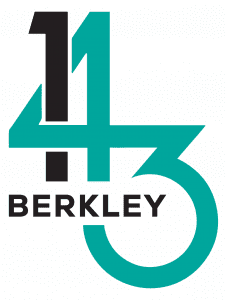Chances are you or someone you know uses the terms marketing, public relations (PR), and advertising interchangeably. While it’s no big deal in casual circles (we’re professional marketers who sometimes jumble these terms, too), knowing the differences between these specialties is immensely helpful as a business owner.
Ready for a quick education? Keep reading to be able to understand and communicate when you need marketing, advertising, or PR.
1. The Purpose
-
Marketing is primarily focused on promoting products or services. Marketers aim to identify and satisfy customer needs. This field can also encompass a broader set of specialties like market research, product development, and pricing. When you’re talking about marketing, your ultimate goal is to drive sales and foster long-term customer relationships.
-
Advertising is a subset of marketing specifically focused on paid promotion through various channels. Advertising’s primary purpose is to create awareness, generate interest, and persuade a target audience to take a specific action, like purchasing a product or service. You can talk about advertising as part of your marketing strategy, but it doesn’t quite work the other way around.
-
PR (public relations) is centered around managing and maintaining a positive brand image. This involves building relationships with the public and more specific target audiences, addressing concerns, and sharing important information externally. While advertising is focused on paid promotion, PR is the inverse and usually prioritizes earned media (e.g. getting a news story placement). Like advertising, PR is likely to be part of a marketing strategy. However, a PR strategy can, at times, stand-alone.
2. Changing Channels
-
Marketing can encompass basically any communication channel you can think of. The most common include social media, website/content marketing, email campaigns, videos, and even podcasts. These diverse channels are tied together by a marketing strategy and typically a healthy mix of paid, owned, and earned media.
-
Advertising primarily relies on paid channels like television, radio, print, online/display/Google Ads, and sponsored content to reach specific audiences with a persuasive message.
-
PR leverages earned media through press releases, media relations, and events to build credibility. PR professionals aim to secure positive coverage in various outlets to create a cohesive brand reputation.
3. Relationship Building vs. Persuasion
-
Marketing establishes and nurtures relationships with prospects throughout their customer journey (also referred to as the ‘funnel’), aiming for short-term conversions and long-term loyalty. A healthy funnel is divided into sections around education, engagement, and conversion while delivering value to the audience throughout.
-
Advertising aims to persuade an audience to take immediate action, often through compelling visuals, slogans, and calls to action. While it can contribute to brand awareness, its impact is primarily more immediate and transactional than PR or marketing as a whole.
-
PR prioritizes relationship-building with audiences and maintaining a positive brand image. PR activities are often more about storytelling, addressing concerns, and fostering a long-term positive perception.
At the end of the day, marketing, advertising, and PR share the goal of promoting your business. Still, it’s helpful to understand how their differing purposes and methods fit together. Your promotion efforts will go further when you know which strategies to implement.

Need marketing help? Our team specializes in comprehensive services, from strategy development to graphic design and copywriting. Tell us about your goals today.



